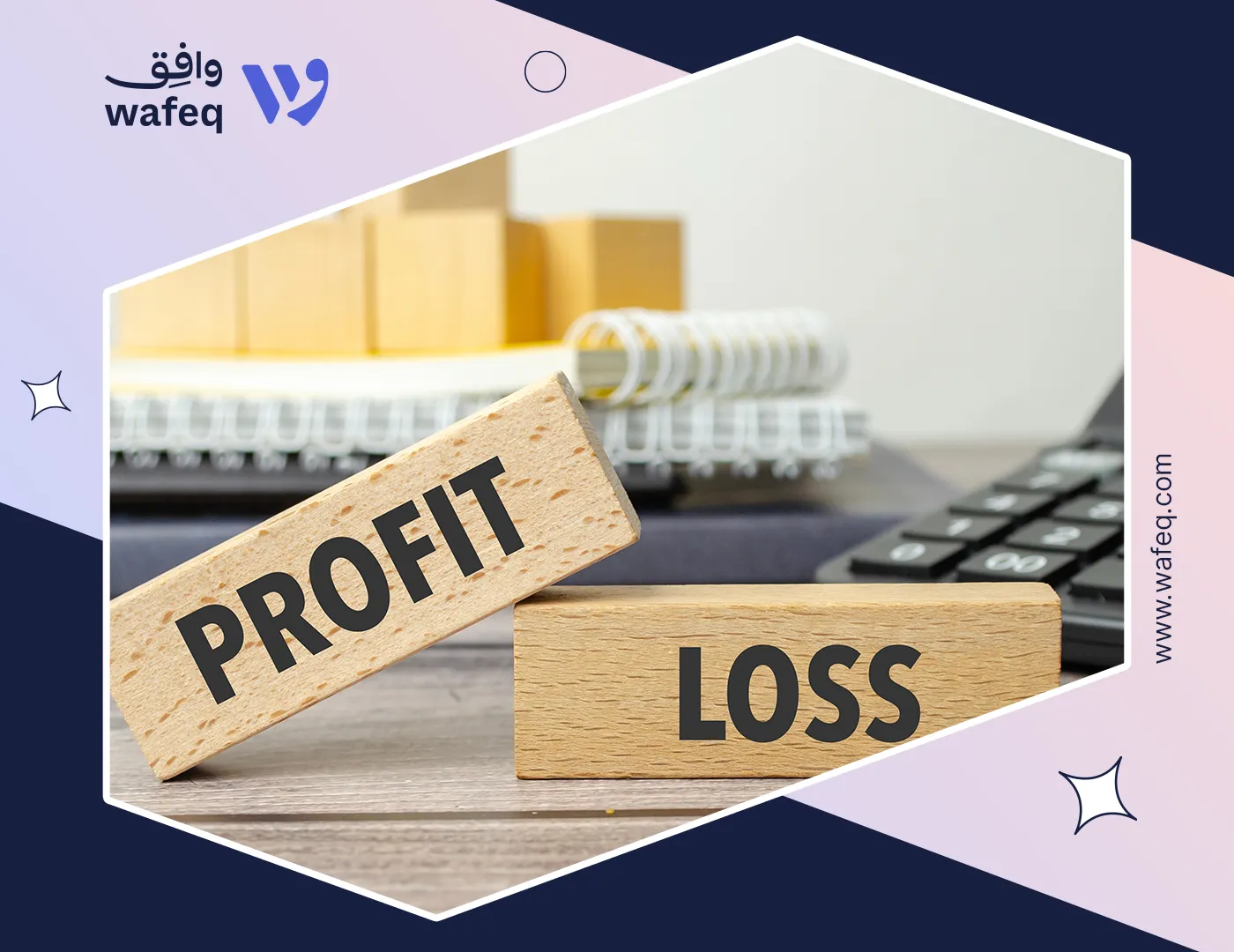The Difference Between Profit And Loss And Balance Sheet

The profit and loss account and the balance sheet are two of the most important financial reports companies and investors rely on. Despite their common origins, there are key differences between the two that must be noted when preparing or analyzing them—in this article, we’ll list them all.
Introduction To The Differences Between Profit And Loss And Balance Sheet
The position statement, in other words, the balance sheet, is a document that details the company's financial situation as of a particular date.
It lists all the company's assets, equity, and liabilities. On the contrary, a profit and loss account displays the income realized and costs incurred by the firm throughout the course of operations in a fiscal year.
Financial statements are generally made up of these two and the cash flow statement. They both aids all stakeholders in determining the enterprise's financial status, profitability, and performance.
We go into more detail about the distinctions between the balance sheet and the profit and loss account in this article, so keep reading.
| Comparison | Balance Sheet | Profit and Loss Account |
|---|---|---|
| Meaning | A balance sheet is a declaration that details a company's assets, liabilities, and equity as of a certain time. | A profit and loss account displays the company's earnings and outlays expenses within a fiscal year. |
| What is it? | Statement | Account |
| Represents | The company's financial standing as of a given date. | During the accounting period, the firm either made a profit, a loss or broke even. |
| Preparation | Created at the end of the fiscal year. | Prepared for the end of the fiscal year. |
| Information | Assets, liabilities, and equity | Income, expenses, profit, and loss. |
| Sequence | It is compiled following the creation of the profit and loss statement. | It is prepared prior to the balance sheet's preparation. |
Read more in detail about Balance Sheet And Income Statement.
Balance Sheet Simply Explained
A balance sheet functions like a mirror, giving the user a clear picture of the firm's true financial situation.
The situation will be represented in the firm's capital, liabilities, and asset status as of a specific date.
The balance sheet is sometimes referred to as a position statement for this precise reason.
We manage our books using a double-entry method, where each debit has a matching credit. Therefore, according to the accounting equation, the sum of the asset and liability sides must equal one another.
Owner's equity, or capital, and creditor equity are both found on the liabilities side. In other words, the claim of the owners and creditors must match the value of the company's assets.
The balance sheet has two sides:
Assets + Liabilities and Equity
Balance Sheet Characteristics
It is an asset and liability statement.
It includes the final balances or the closing balance of all the company's assets and liabilities.
At a particular time, which coincides with the conclusion of the accounting period, we compile a balance sheet.
Provides information about the company's actual financial situation.
Uses Cases Of The Balance Sheet
At the conclusion of the fiscal year, it shows the entire amount of the company's assets and liabilities.
Aids in determining the firm's operating capital and capital employed.
The financial health of the business may be assessed using the information from the balance sheet.
Gives stakeholders pertinent information to aid in the future decision-making process.
Read more about Understanding Company Assets On The Balance Sheet
Profit And Loss Account Simply Explained
The enterprise's profit and loss account detail the firm's net profit or loss. This account is produced for one business operation cycle. Since it is a nominal account, the transactions are recorded in accordance with the standards that apply to that account.
You should take note of the fact that we create profit and loss records for a single operating cycle, or a 12-month period, in this instance.
Firms can, however, also create quarterly profit and loss statements. All the costs and losses in this are displayed on the debit side, whilst all the revenues and profits are displayed on the credit side.
You might be wondering why we convert the trading account's gross profit and loss into the profit and loss account's debit and credit.
In order to comply with the nominal accounting rule, which states that all costs and losses should be debited and all revenue and profits should be credited, we do this.
There are four main categories in which the costs considered in determining net profit are divided:
- Expenses for administration
- Costs of Selling & Distribution
- Financial Outlays
- Legal Costs
Characteristics Of A Profit And Loss Account
- Normative Account
- Created at the end of the fiscal year
- The company should use the accrual approach while preparing the profit and loss account.
- All incomes—aside from those derived from the sale of goods—are taken into account.
- Net profit or loss is the result of the profit and loss statement. In the event of proprietorship business, this sum is added to the capital account. However, it is included in the profit and loss appropriation account for the partnership operation.
The Differences Between Profit And Loss And Balance Sheet
The following details will clarify how the profit and loss account and balance sheet differ from one another:
- A balance sheet is a declaration that details the entity's financial situation as of a certain date. As you can see, the Balance Sheet begins with "as at X time" which indicates the specific date on which it was compiled.
On the other hand, the income statement's Profit and Loss Account is only one component. It is also known as a revenue and cost statement. It indicates the company's profitability over a specific time period.
A balance sheet can be created vertically or horizontally since it is a statement rather than an account. A Profit and Loss Account, however, is a type of account. I'm sure you're wondering:
Why is a balance sheet considered a statement as opposed to an account?
A balance sheet is based on the closing balances of the accounts rather than journal entries, which is how an account is generated.
A ledger account also provides a brief summary of the categorized transactions. A balance sheet, however, does not give a brief explanation. Additionally, whereas the two sides of a ledger account rarely add up, the two sides of a balance sheet almost always do. And for this reason, the account is balanced.
The financial situation of the organization is shown on the balance sheet. While the Profit and Loss account details the entity's performance and profitability, including any profit the company, made or losses it incurred throughout the accounting period.
When accounts are moved to profit and loss accounts, they are closed, and their identities are lost. Contrarily, accounts that are moved to the balance sheet continue to exist; instead, their balance is carried over to the following accounting year and is regarded as the opening balance.
A company's assets, equity, and liabilities are summarized on its balance sheet, while its income and costs are shown in the profit and loss account.
The Conclusion
A balance sheet is, in general, a statement of assets and liabilities.
The Profit and Loss Account, in contrast, is an account that displays the period's revenues and expenses.
The net result over the course of an accounting period are therefore shown in the profit and loss account.
Sign Up Now
If you’d like to have your books in order, check out Wafeq's advanced one-fits-all accounting solution and upgrade your finances today!




.png?alt=media)









